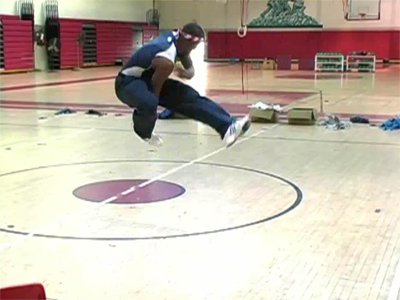Years ago, I wrote in Inviting Organization Emerges, “…diversity, that’s really only half-way there, as it is really about uniqueness, the reality that each of us is absolutely unique…” Today, it seems that 31 years of research, reported by Peter Bregman at Harvard Business Review, is now backing me up on this.
Bregman’s case against diversity training suggests it predictably fails because it heightens, rather than diffuses, focus (especially negative) on categories instead of individual people. While he proposes instead a regimen of “communications” training, to help people deal with each other as unique individuals, I’d suggest this also is only a half-way solution. People, like the differences between them, aren’t as important as the things they hold in common, as valuable, or even more, as ideal(s). Focusing on individuals takes focus away from the importance of the work and it’s best possible outcomes.
I’m quite convinced that organization development pioneers Fred and Merrelyn Emery, with Eric Trist, had it right decades ago, with their core assumptions that people are purposeful (you might disagree or not understand their purposes but they always have one!) — and can be ideal seeking. Values, mission, and vision statements are about as useful in getting real work done as diversity training. Instead, articulate an ideal, or set of them, and invite people to seek their realization, or replication.
It can be as simple as “we’ve had three great successes in the history of this company, and now we’re up against [insert challenge here] — so we need another great success, and soon.” Almost any statement that starts with “We’re in a real pickle, or are sitting at the edge of a great and complex opportunity, and the ideal solution… ” would do. Ideals are stories that directly inform us about what to do — not because they specify the steps, but because they help everyone measure (against the ideal) every step along the way.
So the most important thing about people is not our categories and not our differences — but not our individual preferences and styles, either. What matters in doing great work is shared ideals that we can articulate, care about, and choose to seek together. This is the logic and wisdom of invitation. Review the situation and point to some important shared ideal(s), and get to work.
In the same way that communications trumps diversity training, clarity and greatness of purpose overcomes the need for communication and teambuilding trainings. High ideals invite and require great work, while narrow interests and mushy values communications open space for nitpicking of all kinds. Or said another way, if we have a great shared ideal, a most important shared purpose, we’ll find a way to understand each other.
This is not to minimize situations of genuine mistreatment or disrespect, only to say that they will be greatly reduced by more active calls to important work.


